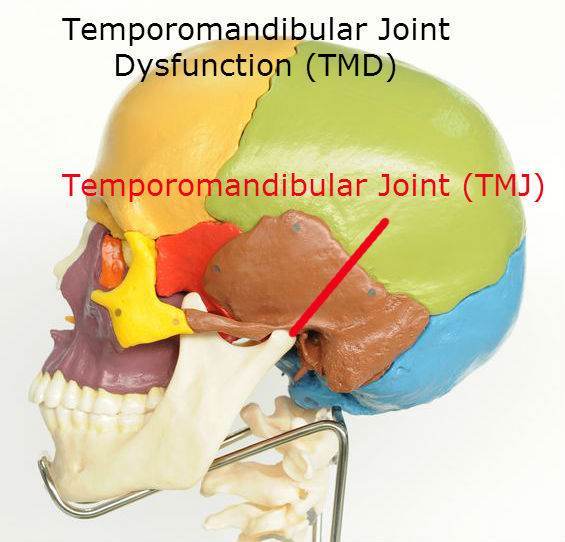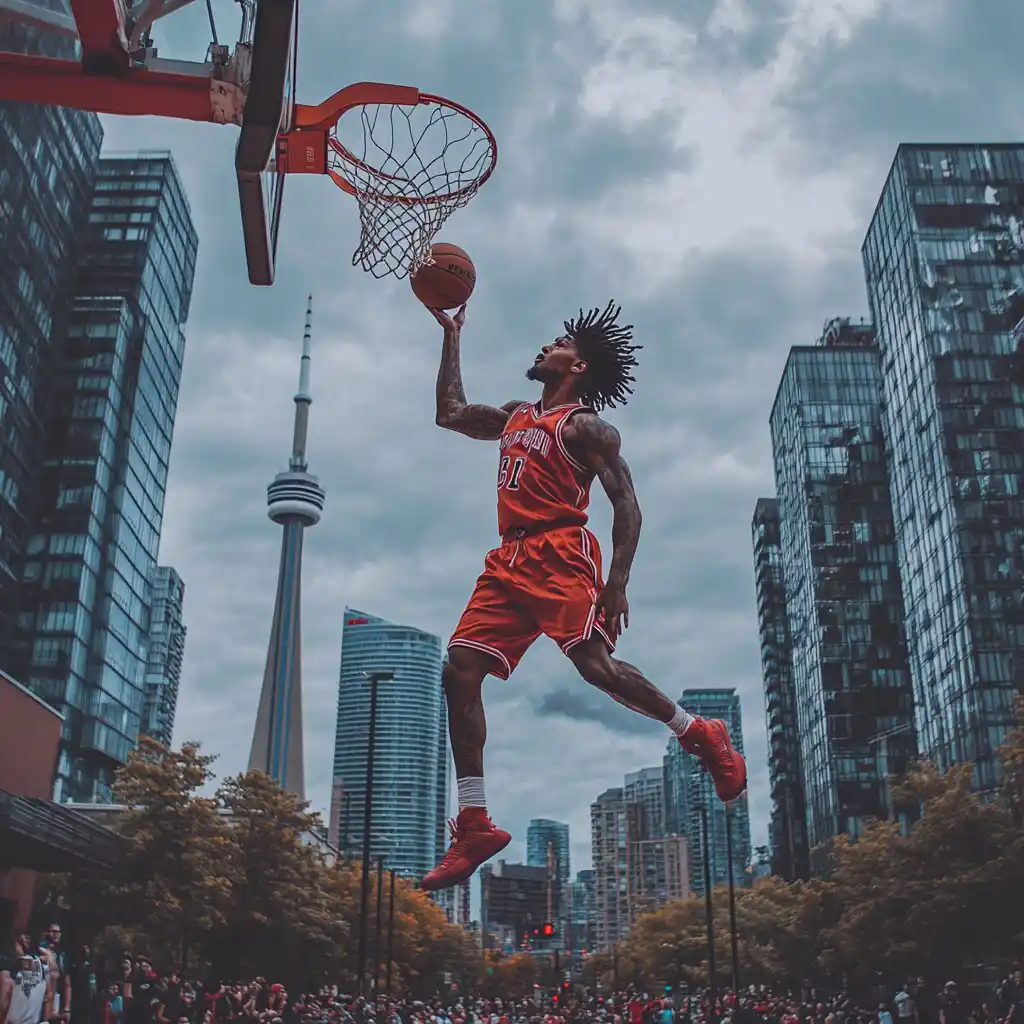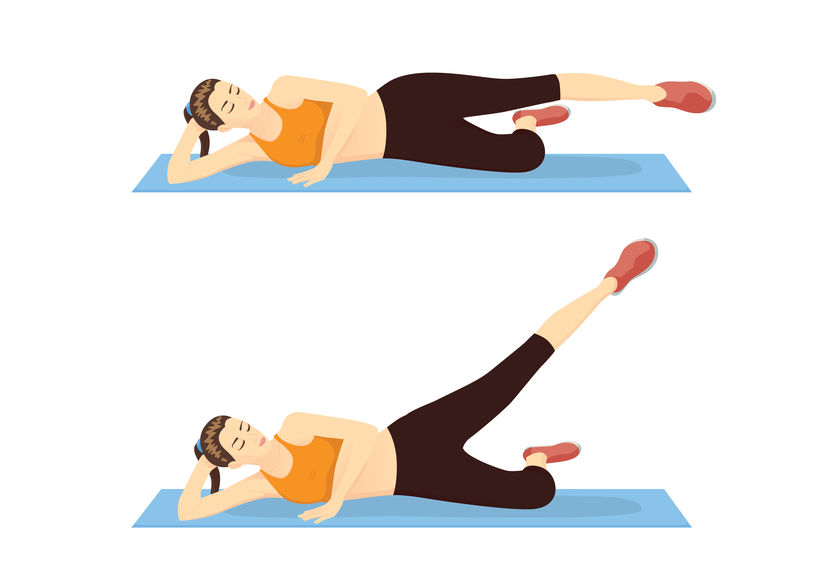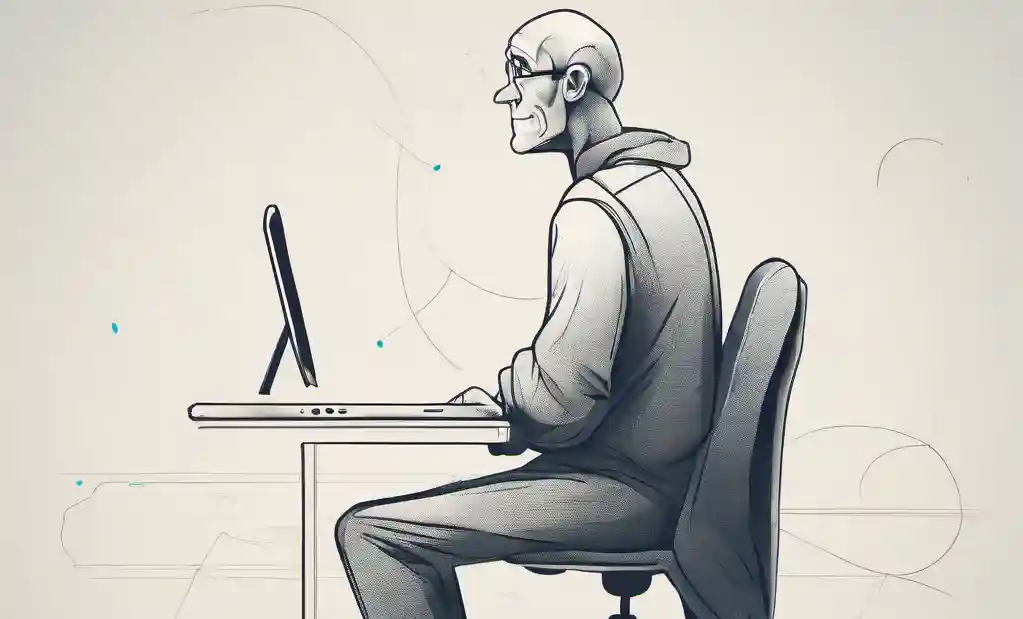Knee Osteoarthritis: The Best Exercises
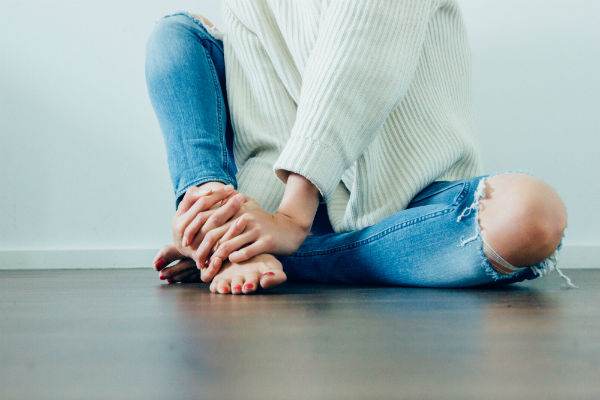
What is knee osteoarthritis?
Knee osteoarthritis is characterized by the gradual wear and tear of the knee joint, resulting in a reduction of the joint space and the breakdown of the cartilage, specifically the meniscus. Over time, bony growths or spurs known as osteophytes may develop, and in certain cases, inflammation can affect the knee. This cumulative effect of wear and tear, the presence of spurs, and inflammation contributes to symptoms such as pain, stiffness, a diminished range of motion, and weakness in the knee.
5 Plantar Fasciitis Exercises: How Plantar Fasciitis Exercises Can Help My Pain
In more advanced stages of knee osteoarthritis, fragments of bone and cartilage may break off into small pieces, floating within the joint space. Additionally, tears in the meniscus can occur, potentially leading to the sensation of the knee “locking.” These changes further exacerbate the symptoms associated with knee osteoarthritis.

Symptoms of Knee osteoarthritis
Osteoarthritis of the knee (OAK) manifests with localized pain corresponding to the area of wear and tear. Individuals with OAK may experience symptoms such as knee locking, clicking, and clunking during movement, accompanied by stiffness, inflammation, weakness, and a diminished range of motion.
Studies have indicated a correlation between the severity of knee osteoarthritis observed on X-rays, specifically the narrowing of the joint space between the bones, and the likelihood of consistent and more severe knee pain [1]. X-rays not only provide insights into the extent of pain but also serve as predictors of the pathology’s severity in the knee. In essence, a narrower joint space indicates greater damage.
Navigating Knee Osteoarthritis: Deciding Between Injections, Surgery, or Conservative Approaches
This is distinct from certain imaging results, such as disc herniations found on MRI, which may not necessarily correlate with the level of pain experienced by an individual.
What causes osteoarthritis of the knee (OAK)?
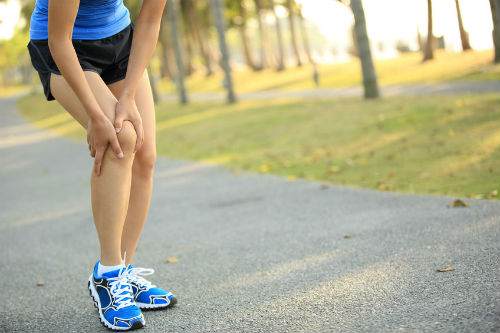
Knee Pain from osteoarthritis is common, especially with running.
Knee Osteoarthritis (OAK) is caused by multiple factors.
- Age: The risk of knee osteoarthritis increases with age. The older you are, the more likely you are to experience this condition.
- Gender: Being female is considered a risk factor for developing OAK.
- Obesity: Excess weight, particularly in the form of obesity, is a significant risk factor for knee osteoarthritis.
- Knee injuries: Previous knee injuries, especially an anterior cruciate ligament (ACL) rupture, can increase the likelihood of developing osteoarthritis in the knee.
- Repetitive injuries or trauma: Repeated injuries or trauma to the knee, such as fractures, surgeries, or ligament tears, can contribute to the development of osteoarthritis.
- Genetics: Your family history, including your mother’s and father’s genes, plays a role in determining your susceptibility to knee osteoarthritis.
- Knee stability: Weaker and less stable knees are more prone to osteoarthritis. The overall stability of the knee joint is a contributing factor to the development and progression of osteoarthritis.

What treatment is best for knee osteoarthritis?
Research has demonstrated that individuals awaiting knee replacement surgery who were assessed and treated using the McKenzie Method showed significant improvement compared to those who were only waiting [2]. Notably, many of these individuals, despite experiencing better outcomes with the McKenzie Method, ultimately opted for knee replacement surgery, often citing the belief that a newer titanium knee would be superior to their original knee.
Short-term results, lasting up to 4 weeks, have been observed with interventions such as Transcutaneous Electrical Nerve Stimulation (TENS), Electro-acupuncture, and Low-Level Laser Therapy [3]. However, the transient nature of these outcomes raises the question of the sustainability of such approaches.
Current evidence underscores the effectiveness of exercise as a long-term pain-relieving strategy for knee osteoarthritis. Consistent engagement in prescribed exercises has been shown to yield enduring benefits.
Among the recommended exercises for knee osteoarthritis are Tai Chi, dancing, and walking in water. These activities contribute to increased mobility and flexibility of the knee, addressing key components of osteoarthritis management.
#1 Standing Calf Stretch
Stretching your calf helps get the mobility that you need to get you back walking.
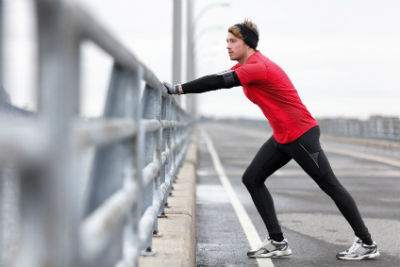
- Stand in front of a wall or fence.
- Place both hands on the wall or fence for support.
- Bring one leg forward, ensuring it is slightly bent.
- Keep the knee of the other leg straight.
- Focus on feeling the stretch in your calf muscles.
- Hold the stretch for 30 to 60 seconds.
- Repeat the stretch 3 times.
This calf stretch can be a beneficial component of a routine aimed at improving flexibility and relieving tension in the calf muscles. Remember to perform the stretch gently and avoid any movements that cause pain. If you have any existing health conditions or concerns, it’s advisable to consult with a healthcare professional or a fitness expert before starting a new exercise routine.
#2 Sitting Hamstring Stretch
Stretch your hamstring to help that knee straighten out properly.
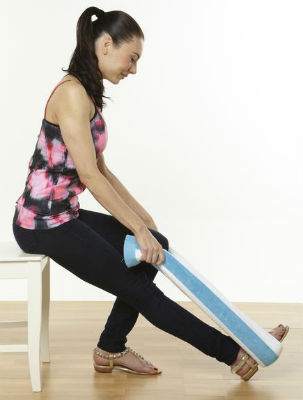
Sitting Hamstring Stretch For Knee Osteoarthritis. Picture Reference #2
- Sit on a chair.
- Take a towel or a belt and place it around your foot on the leg you intend to stretch.
- Straighten the knee of the leg you are stretching.
- Keep the knee of the other leg bent.
- Gently pull your foot toward you using the towel or belt.
- Hold the stretch for 30 to 60 seconds.
- Repeat the stretch 3 times.
This seated hamstring stretch can be beneficial for increasing flexibility in the hamstrings. Ensure that the movements are slow and controlled, and avoid pushing yourself to the point of pain.
#3 Heel Slides For Knee Osteoarthritis
Start strengthening your hamstring and get some mobility back in your knee with heel slides.
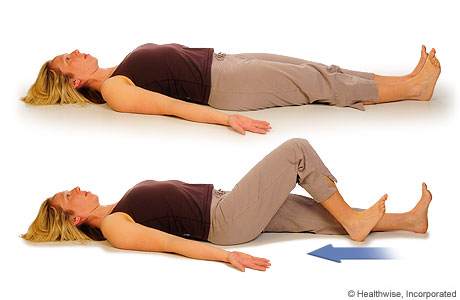
- Starting Position:
- Lay down on your back with both knees straight.
- Execution:
- Bend your affected knee while sliding your heel on the floor.
- To make the sliding smoother, you can use a towel or a piece of plastic on hardwood or laminate flooring.
- Repetitions:
- Perform 3 sets of 15 repetitions.
This exercise is likely aimed at promoting knee flexion and mobility. It’s important to perform the movements in a controlled manner and within a pain-free range of motion.
#4 Supine Bridge For Knee Osteoarthritis
Strengthen the glut medius, glut maximus, quads, hamstrings and calves with the supine bridges.
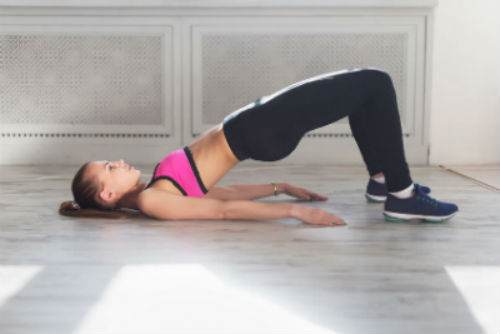
- Starting Position:
- Lay down on your back with both hands at your sides.
- Bend both knees.
- Execution:
- Lift up your torso until it forms a straight line with your thighs.
- Hold:
- Hold this position for 3 seconds.
- Repetitions:
- Perform 3 sets of 10 repetitions
This exercise appears to be focused on engaging the abdominal muscles, particularly the rectus abdominus. Ensure that you perform the movements with control and avoid straining your neck or lower back.
#5 Straight Leg Raise For Knee Osteoarthritis
Straight leg raises will help strengthen the quadriceps muscles which are needed for knee osteoarthritis.
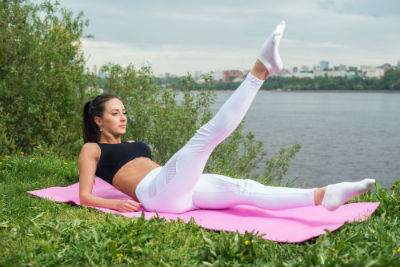
- Starting Position:
- Lay on your back with both feet flat on the floor or yoga mat.
- Foot Position:
- Bring your toes toward the ceiling, unlike the photo where the toe is directed down.
- Execution:
- Raise your leg up as high as it will go, moving very slowly.
- Lowering:
- Lower your leg down slowly, focusing on controlled movement.
- Pace:
- Avoid going too fast to ensure you are engaging your muscles rather than relying on momentum.
- Repetitions:
- Repeat this movement for 3 sets, with each set consisting of 10 repetitions.
This exercise seems to target the muscles in the lower abdomen and can be effective in improving core strength.
#6 Hamstring Curl For Knee Osteoarthritis
Hamstring curls help increase the strength of the muscle needed to support your knee.
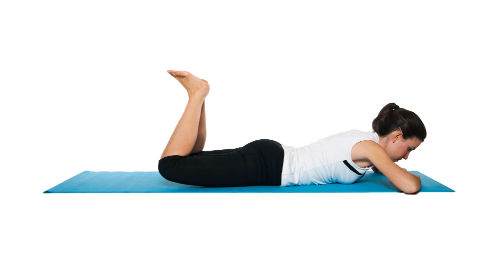
- Starting Position:
- Lay face down on the floor or a mat.
- Leg Position:
- Bend both knees as far as they will go.
- Repetitions:
- Repeat this movement for 3 sets, with each set consisting of 10 repetitions.
This exercise appears to involve bending the knees while lying face down, which can engage the muscles in the back of the thighs (hamstrings) and potentially the glutes.
#7 Ball Squeeze For Knee Osteoarthritis
Strengthen your hips and knees to help your knee osteoarthritis.
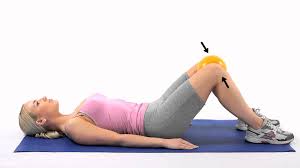
- Starting Position:
- Lay on your back on the floor or a mat.
- Bend both knees with your feet flat on the floor.
- Keep your hands at your sides.
- Ball Placement:
- Place a ball between your knees.
- Execution:
- Squeeze the ball from both sides using your knees.
This exercise is likely designed to engage the muscles in the inner thighs (adductors). The resistance provided by the ball adds an element of isometric contraction. Perform the movement with control and avoid overexertion.
#8 Step-up For Knee Osteoarthritis
Strengthen your hamstring and quadriceps by doing step-ups.
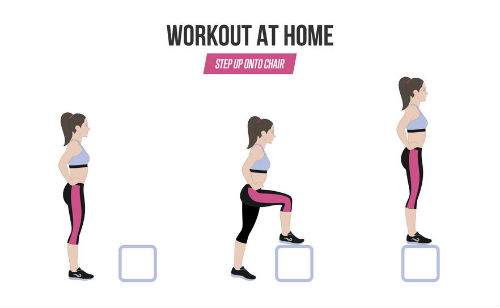
- Starting Position:
- Stand in front of a steady stool.
- Stepping Up:
- Step up onto the stool using one leg.
- Stand on the stool for 3 seconds.
- Stepping Down:
- Step down from the stool and back to the floor.
- Remain on the floor, standing, for 3 seconds.
- Repetitions:
- Repeat this movement, alternating legs if desired.
- Perform the step-up and step-down sequence for a recommended number of repetitions or sets.
This exercise is effective for working the muscles in your legs, particularly the quadriceps, hamstrings, and glutes. Ensure that the stool is stable, and perform the movements with control to avoid any instability or risk of injury.
Feel free to share your questions, thoughts and experiences in the comments below, and don’t forget to connect with us on Facebook for more updates and tips on improving your shoulder health. We’d love to hear your opinions on who you consider the best Toronto chiropractor.
Research
- T D Spector, D J Hart, J Byrne, P A Harris, J E Dacre, D V Doyle, Definition of osteoarthritis of the knee for epidemiological studies, Annals of the Rheumatic Diseases 1993; 52: 790-794
- Association between radiographic features of knee osteoarthritis and pain: results from two cohort studies, BMJ 2009;339:b2844
- Richard Rosedale, PT, Dip MDT1, Ravi Rastogi, PT, MSc, Cred MDT1, Stephen May, PT, PhD2, Bert M. Chesworth, PhD3, Frank Filice, PT, Cred MDT1, Sean Willis, PT, Cred MDT1, James Howard, MD, FRCSC4,Douglas Naudie, MD, FRCSC4, Shawn M. Robbins, PT, PHD5
Efficacy of Exercise Intervention as Determined by the McKenzie System of Mechanical Diagnosis and Therapy for Knee Osteoarthritis: A Randomized Controlled Trial, Journal of Orthopaedic & Sports Physical Therapy, 2014 Volume:44 Issue:3 Pages:173–A6 DOI:10.2519/jospt.2014.4791 - Bjordal JM1, Johnson MI, Lopes-Martins RA, Bogen B, Chow R, Ljunggren AE. Short-term efficacy of physical interventions in osteoarthritic knee pain. A systematic review and meta-analysis of randomised placebo-controlled trials. BMC Musculoskelet Disord. 2007 Jun 22;8:51.
Picture Reference
- Photo by Imani Clovis on Unsplash
- Photo by Fabiola Peñalba on Unsplash
- https://www.more.com/lifestyle/exercise-health/10-yoga-stretches-do-your-desk
- https://myhealth.alberta.ca/Health/pages/conditions.aspx?hwid=abj6473
- https://www.verywellhealth.com/good-posture-healthy-back-296812



